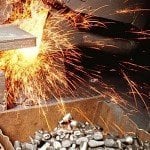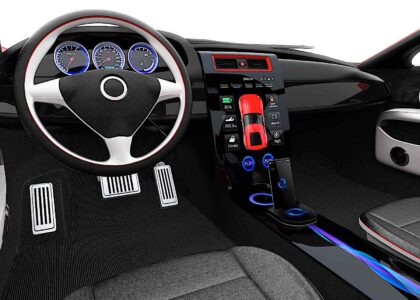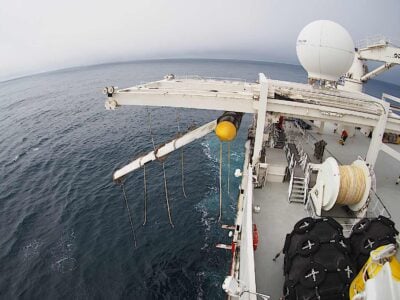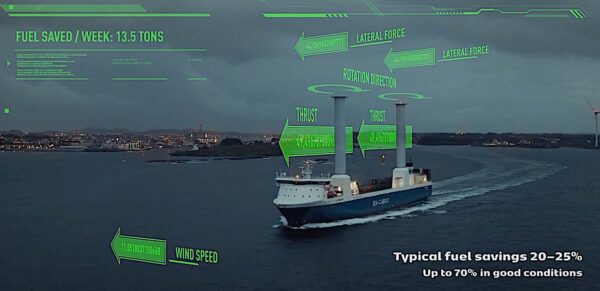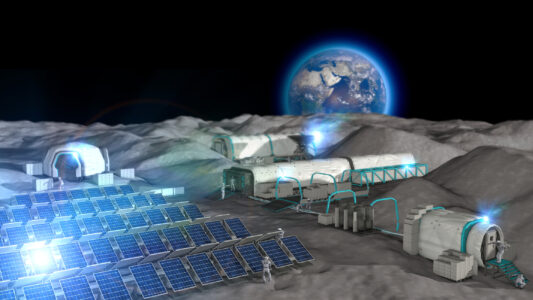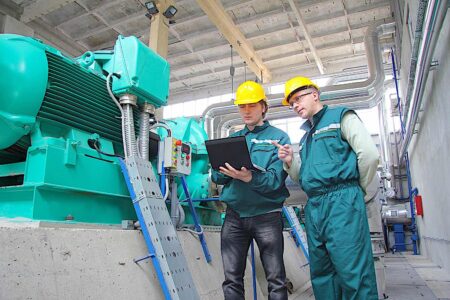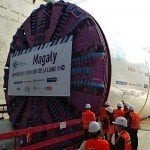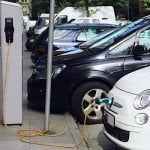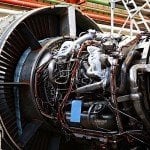A US wind energy company is prepared to launch an inflatable wind turbine that will float 300 metres above the ground. The prototype 10-metre wide inflatable Buoyant Airborne Turbine (BAT) from Altaeros is filled with helium. The cylindrical blimp-like structure has a turbine mounted in its centre. An earlier model has been tested at a height of 100 metres and was found to produce twice as much power at that height as it did at ground level.
Designed to float at the higher altitude where winds are even stronger and more constant, the latest model of the BAT is held in place by tethers which contain cables to deliver electricity to the ground. An Altaeros spokesman said that winds at that height are on average “five to eight times as powerful” as winds at ground level. That could translate into 20 times the power generated at ground level.
Because the BAT does not rely on any mechanical systems to stay aloft, it can do so for long periods. It does, however, rely on helium, which is in short supply and becoming increasingly costly. Some predict that the world will run out of the irreplaceable element in twenty-five to thirty years at present rates of consumption.
Altaeros sees a need for inflatable airborne turbines in remote locations that lack infrastructure. The BAT can be transported and set up without large cranes, towers and underground foundations. The remote-power and so-called microgrid markets, which include remote and island communities, the oil and gas industry, mining, agriculture, telecommunications, disaster relief organizations and military, now rely on expensive-to-run gas-powered generators. The BAT, according to Altaeros projections, could cut the cost of energy production by 65 per cent. The company thinks there could be a $17-billion market for the green-energy BATs.
The demonstration project, to be carried out in Alaska, will generate enough energy to power about a dozen homes, according to Altaeros.

